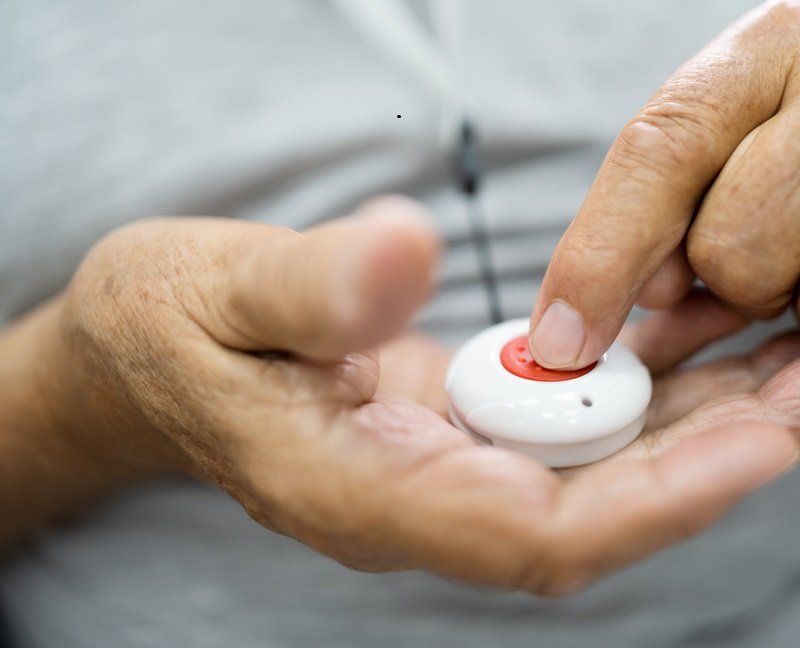In the fast-paced environment of healthcare facilities, ensuring the safety and security of patients, staff, and visitors is paramount. A robust medical security system not only safeguards against external threats but also addresses internal risks and enhances emergency preparedness. Hospitals must carefully evaluate their options when selecting a medical security system to meet their unique needs and challenges. In this blog, we’ll explore the key factors to consider when choosing a hospital’s medical security system and the importance of prioritizing safety in healthcare settings.
Understanding Medical Security Systems:
Medical security systems encompass a range of technologies and protocols designed to protect healthcare facilities and their occupants from various threats. These systems integrate access control, video surveillance, alarm monitoring, and emergency communication to create a comprehensive security infrastructure. From preventing unauthorized access to responding swiftly to medical emergencies, a well-implemented medical security system is instrumental in maintaining a safe and secure environment within hospitals.
Key Factors to Consider:
- Risk Assessment: Before selecting a medical security system, hospitals must conduct a thorough risk assessment to identify potential vulnerabilities and security gaps. This assessment should consider factors such as the facility’s size, location, patient population, existing security measures, and regulatory requirements. By understanding the specific risks faced by the hospital, administrators can tailor their security solutions accordingly.
- Integrated Solutions: Opt for a medical security system that offers integrated solutions capable of addressing multiple security needs. An integrated system streamlines operations, enhances efficiency, and provides a unified view of the facility’s security landscape. Look for features such as centralized management platforms, interoperable devices, and seamless integration with existing infrastructure to maximize the effectiveness of the security system.
- Access Control: Access control is a critical component of any medical security system, regulating entry to sensitive areas and ensuring only authorized individuals have access. Choose access control solutions that support multi-factor authentication, biometric identification, and customizable access levels tailored to different staff roles and security zones within the hospital. This helps prevent unauthorized access and protects patient privacy and confidentiality.
- Video Surveillance: Video surveillance plays a vital role in deterring security threats, monitoring activities, and investigating incidents within the hospital premises. Invest in high-definition cameras, video analytics software, and cloud-based storage solutions to capture and analyze real-time footage effectively. Consider factors such as camera placement, coverage area, and video retention policies to maximize the effectiveness of the surveillance system while respecting patient rights and privacy.
- Alarm Monitoring and Response: Rapid response to security incidents and medical emergencies is crucial for minimizing risks and ensuring the safety of patients and staff. Choose a medical security system equipped with alarm monitoring capabilities that provide instant alerts and notifications to designated responders. Implement protocols for assessing and escalating alarms based on severity, urgency, and predefined response procedures to facilitate timely intervention and crisis management.
- Emergency Communication: Effective communication is essential during emergencies to coordinate response efforts, disseminate critical information, and guide evacuation procedures. Deploy emergency communication systems such as mass notification platforms, two-way radios, and public address systems to reach all stakeholders quickly and efficiently. Ensure these systems are reliable, redundant, and capable of delivering messages across various communication channels to enhance situational awareness and response coordination.
- Compliance and Regulations: Hospitals must adhere to regulatory standards and industry best practices governing healthcare security and patient safety. When selecting a medical security system, verify that it complies with relevant regulations such as HIPAA (Health Insurance Portability and Accountability Act), HITECH (Health Information Technology for Economic and Clinical Health Act), and Joint Commission requirements. Choose vendors and solutions with a track record of compliance and commitment to upholding industry standards.
Conclusion:
Choosing the right medical security system is a critical decision for hospitals seeking to prioritize safety, protect assets, and provide quality care to patients. By conducting a comprehensive risk assessment, embracing integrated solutions, and prioritizing access control, video surveillance, alarm monitoring, and emergency communication, hospitals can build a robust security infrastructure tailored to their unique needs and challenges. Compliance with regulatory standards and industry best practices ensures that the chosen security system not only meets current requirements but also adapts to future advancements in healthcare security technology. With a proactive approach to security, hospitals can create a safe and secure environment conducive to healing, innovation, and excellence in patient care.





